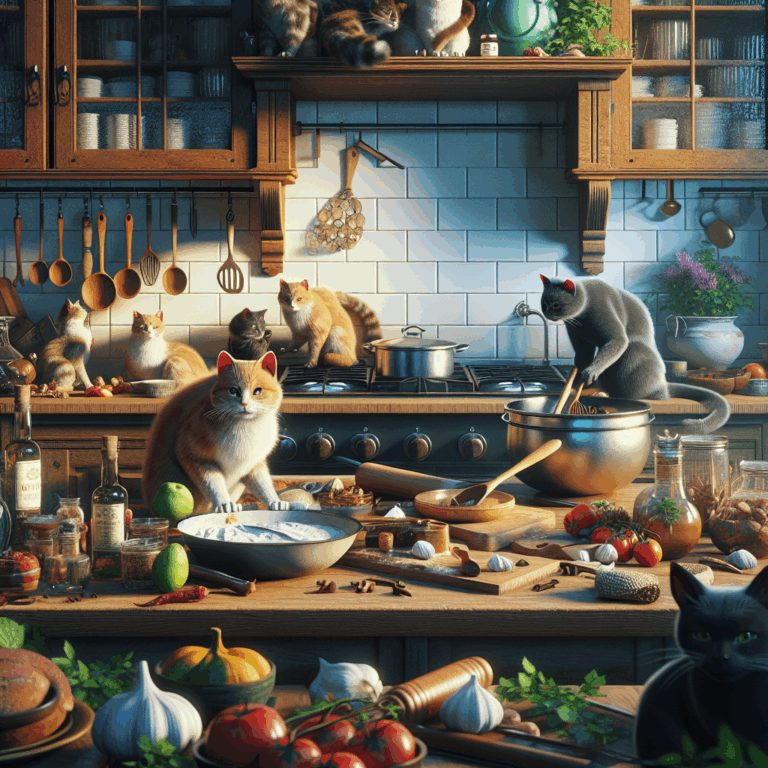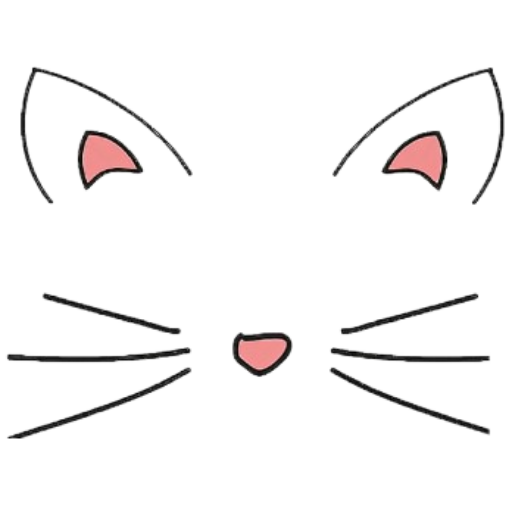The Feline Guardians of Cuisine: Cats and Their Influence on Culinary Traditions
- No Comments
In a world where gastronomy is continuously evolving, the presence of cats in the culinary sphere might seem unexpected. However, their influence can be traced back through history, ingraining themselves in the fabric of culinary traditions across various cultures. From their roles in agricultural societies to their presence in modern kitchens, cats have subtly shaped the way we approach food and its preparation.
Historically, cats have been integral to agricultural communities, where their primary role was to control vermin populations. This function ensured the protection of grain stores and other food supplies, indirectly securing the ingredients necessary for the development of various cuisines. In ancient Egypt, cats were revered for their ability to safeguard precious food supplies, a tradition that spread to other parts of the world as trade routes expanded.
As kitchen companions, cats have influenced the ambiance and practices within culinary environments. In many rural European settings, cats were a common sight in kitchens, keeping the area free from rodents and adding charm to the hearth. Their presence often symbolized a well-kept home and a prosperous kitchen. This tradition continues today in some cultures, where the sight of a cat in a restaurant or cafe is considered a sign of good fortune and hospitality.
The influence of cats on cuisine extends beyond their physical presence; they have also inspired numerous dishes and drinks. For instance, the famous “Kitty Cocktail,” a non-alcoholic beverage popularized in North America, was named in homage to our feline friends. Additionally, in Japan, the “Neko Manma” or “Cat’s Meal,” a simple dish of rice topped with bonito flakes, reflects the cultural interplay between cats and food.
The culinary world has also seen an influx of cat-themed cafes and restaurants, where feline aesthetics and motifs are incorporated into the dining experience. These establishments not only celebrate the charm of cats but also create a unique environment that attracts cat lovers and food enthusiasts alike. The rise of such venues underscores the growing appreciation for the bond between humans and cats, even in the realm of cuisine.
Moreover, with the increasing popularity of pet-friendly diets, cats have inspired a new wave of culinary innovation. Pet owners are becoming more conscious of the nutritional needs of their feline companions, leading to the creation of gourmet cat foods that mirror human culinary trends. This has spurred a niche market that emphasizes quality ingredients and sophisticated flavor profiles, akin to those found in fine dining.
Cats have also inspired culinary arts through symbolism and storytelling. In literature and folklore, cats are often associated with mystery and magic, which has translated into the culinary world by inspiring creative presentations and thematic dishes. Chefs draw on these narratives to craft dishes that are as whimsical and intriguing as the cats that inspired them.
In conclusion, while the influence of cats on culinary traditions might not be immediately apparent, their impact is pervasive and enduring. From safeguarding food supplies to inspiring culinary creations, cats have played a subtle yet significant role in shaping the world of cuisine. As we continue to explore new culinary frontiers, the timeless connection between cats and cuisine serves as a reminder of the enduring bond between humans and their feline companions.

In a world where gastronomy is continuously evolving, the presence of cats in the culinary sphere might seem unexpected. However, their influence can be traced back through history, ingraining themselves in the fabric of culinary traditions across various cultures. From their roles in agricultural societies to their presence in modern kitchens, cats have subtly shaped the way we approach food and its preparation.
Historically, cats have been integral to agricultural communities, where their primary role was to control vermin populations. This function ensured the protection of grain stores and other food supplies, indirectly securing the ingredients necessary for the development of various cuisines. In ancient Egypt, cats were revered for their ability to safeguard precious food supplies, a tradition that spread to other parts of the world as trade routes expanded.
As kitchen companions, cats have influenced the ambiance and practices within culinary environments. In many rural European settings, cats were a common sight in kitchens, keeping the area free from rodents and adding charm to the hearth. Their presence often symbolized a well-kept home and a prosperous kitchen. This tradition continues today in some cultures, where the sight of a cat in a restaurant or cafe is considered a sign of good fortune and hospitality.
The influence of cats on cuisine extends beyond their physical presence; they have also inspired numerous dishes and drinks. For instance, the famous “Kitty Cocktail,” a non-alcoholic beverage popularized in North America, was named in homage to our feline friends. Additionally, in Japan, the “Neko Manma” or “Cat’s Meal,” a simple dish of rice topped with bonito flakes, reflects the cultural interplay between cats and food.
The culinary world has also seen an influx of cat-themed cafes and restaurants, where feline aesthetics and motifs are incorporated into the dining experience. These establishments not only celebrate the charm of cats but also create a unique environment that attracts cat lovers and food enthusiasts alike. The rise of such venues underscores the growing appreciation for the bond between humans and cats, even in the realm of cuisine.
Moreover, with the increasing popularity of pet-friendly diets, cats have inspired a new wave of culinary innovation. Pet owners are becoming more conscious of the nutritional needs of their feline companions, leading to the creation of gourmet cat foods that mirror human culinary trends. This has spurred a niche market that emphasizes quality ingredients and sophisticated flavor profiles, akin to those found in fine dining.
Cats have also inspired culinary arts through symbolism and storytelling. In literature and folklore, cats are often associated with mystery and magic, which has translated into the culinary world by inspiring creative presentations and thematic dishes. Chefs draw on these narratives to craft dishes that are as whimsical and intriguing as the cats that inspired them.
In conclusion, while the influence of cats on culinary traditions might not be immediately apparent, their impact is pervasive and enduring. From safeguarding food supplies to inspiring culinary creations, cats have played a subtle yet significant role in shaping the world of cuisine. As we continue to explore new culinary frontiers, the timeless connection between cats and cuisine serves as a reminder of the enduring bond between humans and their feline companions.


